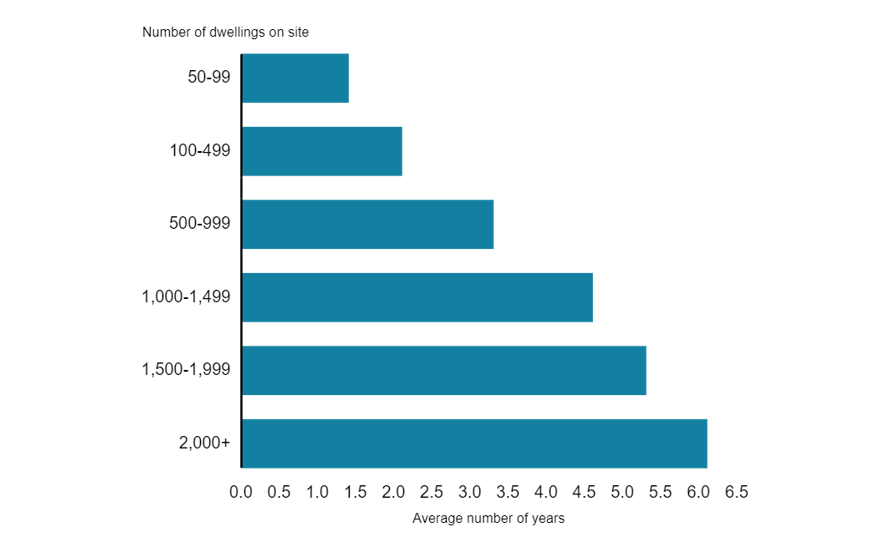August 14th, 2020. Ben Lloyd
What Are the New Planning Permission Rules and How Are They Different?
Robert Jenrick, Secretary of State for Housing, Communities and Local Government, this month announced radical reforms to our planning system in a bid to get Britain building. It is his hope that this will ‘cut the red tape, but not standards’. Read on to find out all you need to know about the changes.

What Are the New Planning Permission Rules?
The government has announced a simpler and faster system which will see English land designated as one of three categories: for growth, for renewal and for protection.
Growth – planning permission applications for new homes, schools, shops, offices and hospitals will automatically be approved.
Renewal – developments here will receive ‘permission in principle’ while necessary checks are carried out.
Protection – will be just that, protected.
All proposals will be subject to design codes and developers will be encouraged to follow pattern books in order to speed up the process.
The plans also propose scrapping Section 106, which requires developers to build affordable homes or pay for public services. Instead, an updated community infrastructure levy would become standard. This would be a flat-rate fixed charge based on the floorspace of the development.
This payment will be owed once all the properties are filled, and the risk of low-quality homes being built would be mitigated by local authorities having the power to demand payment from the developer if owners are not found.
Why is the Planning Permission Process Changing?
In a foreword to the government white paper ‘Planning for the Future’, the Prime Minister discussed ‘radical reform unlike anything we have seen since the Second World War’. He said:
“Thanks to our planning system, we have nowhere near enough homes in the right places. People cannot afford to move to where their talents can be matched with opportunity. Businesses cannot afford to grow and create jobs. The whole thing is beginning to crumble and the time has come to do what too many have for too long lacked the courage to do – tear it down and start again.”
Furthermore, Jenrick wrote for The Telegraph that
‘our complex and slow planning system has been a barrier to building homes which are affordable’ and that it has ‘resulted in delays to vital infrastructure projects that come with new housing’.
He claims,
‘under the current system, it takes an average of five years for a standard housing development to go through the planning system- before a spade is even in the ground.’
However, the BBC is contesting these claims, stating that the process takes longer the bigger the development is, as there are more factors to be dealt with. They go on to say that planning only takes this long for developments of more than 1,000 units.
The BBC reports that latest figures reveal 89% of major applications are decided within 13 weeks or the agreed time.

Source: Lichfields via the BBC
Whatever the true numbers, the planning permission changes should make the process considerably easier for developers and kick-start more projects throughout the UK.
Want to Learn More?
If you’re planning a new development project and would like to learn more about the new rules and how they could impact your financing, please get in touch with our expert team.
Article By Ben Lloyd
August 14th, 2020
Ben is the Director and Co-Founder of the Pure Group and is Managing Director of Pure Structured Finance’s sister company, Pure Property Finance.
Following a career in Barclays, where Ben was in the real estate finance team for 8 years, he decided that the market needed a more forward-thinking type of commercial brokerage so founded Pure Property Finance, the first company within the Pure Group.
Ben has extensive experience across the real estate sector and has participated in over £2bn of real estate transactions during the course of his career. Ben oversees the general strategy at Pure Group and works with the senior leadership team to drive the Group forward. Ben is also on the Executive Committee of FIBA.
See more articles by Ben